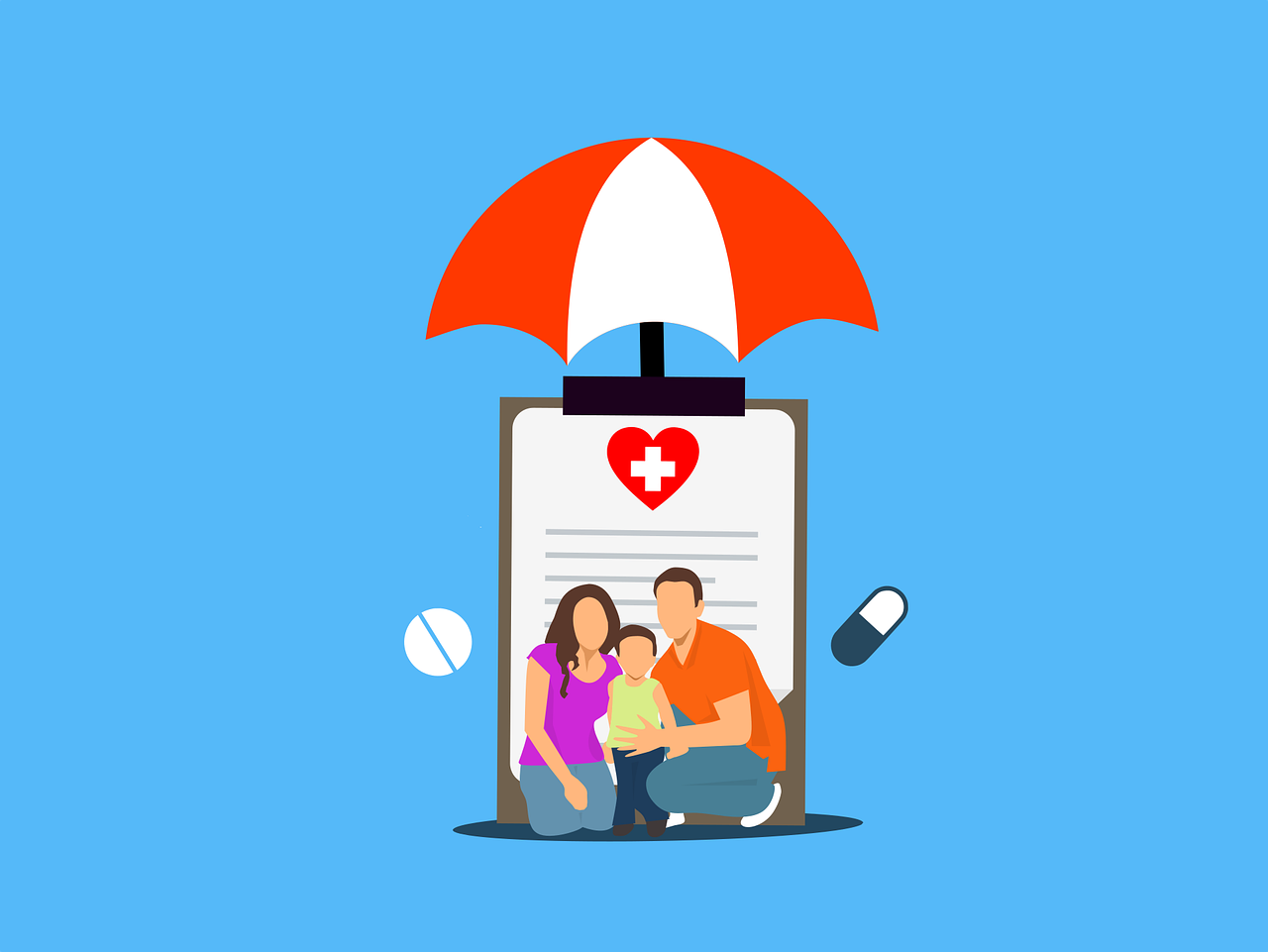How Does a Medical Insurance Work: Your Guide to Coverage
Table of Contents

How Does a Medical Insurance Work: Your Guide to Coverage
Ever feel like medical insurance is a puzzle you can’t solve? You’re not alone. Let’s break it down, piece by piece. We’ll turn that jumble of terms and rules into something you can use. Ready? Let’s dive in.
The Basics: What Is Medical Insurance?
Think of medical insurance as your health’s safety net. It’s a contract between you and an insurance company. You pay them, they help pay your medical bills. Simple, right? Well, almost.
Your Monthly Bill: Premiums
Every month, you pay a fee. That’s your premium. It’s like a subscription to health care. You pay it whether you use medical services or not.
Your Share of the Costs: Deductibles, Copays, and Coinsurance
Deductibles: The Starting Line
Before your insurance kicks in, you pay a set amount. That’s your deductible. It’s like a hurdle you need to clear.
Copays: Your Fixed Fee
Need to see a doctor? You might pay a fixed amount each visit. That’s your copay. It’s your ticket to the doctor’s office.
Coinsurance: Sharing the Load
After your deductible, you might split costs with your insurer. You pay a percentage, they pay the rest. That’s coinsurance.
How Does a Medical Insurance Work: The Process
Step 1: You Get Sick or Injured
It happens to everyone. You wake up with a fever or twist your ankle.
Step 2: You Seek Care
You visit a doctor, hospital, or clinic. Show them your insurance card.
Step 3: They Bill Your Insurance
The provider sends a bill to your insurance company. It’s like they’re asking, “Will you pay for this?”
Step 4: Your Insurance Reviews the Claim
They check if the service is covered and how much they’ll pay.
Step 5: You Get a Bill
You’ll get a statement showing what insurance paid and what you owe.
Types of Medical Insurance: Choosing Your Path
HMOs: The Strict but Affordable Option
Health Maintenance Organizations keep costs down but limit your choices.
PPOs: More Freedom, Higher Costs
Preferred Provider Organizations give you more options but often cost more.
High-Deductible Plans: Lower Premiums, Higher Out-of-Pocket Costs
You pay less monthly but more when you need care.
Making the Most of Your Insurance
Preventive Care: Your Free Health Boost
Many plans offer free check-ups and screenings. Use them!
In-Network vs. Out-of-Network: Choose Wisely
Stick to in-network providers to keep costs down.
Understanding Your Benefits: Knowledge is Power
Read your policy. Know what’s covered. It’s like having a map for your health care journey.
When Things Go Wrong: Dealing with Denied Claims
Step 1: Don’t Panic
A denied claim isn’t the end of the road.
Step 2: Review the Denial
Understand why it was denied. Was it a coding error? Not covered?
Step 3: Appeal if Necessary
You have the right to appeal. It’s like asking for a second opinion.
The Future of Medical Insurance: What’s Changing?
Telemedicine: The Doctor Will See You Now… Online
Virtual visits are becoming more common. It’s like bringing the doctor to your living room.
Wellness Programs: Get Paid to Stay Healthy
Some insurers offer rewards for healthy habits. It’s a win-win.
Conclusion: Taking Control of Your Health Care
Medical insurance doesn’t have to be a mystery. Understanding how it works puts you in the driver’s seat of your health care. Remember, your insurance is a tool. Use it wisely. Stay informed about your policy. Don’t be afraid to ask questions. Your health – and your wallet – will thank you.
Ready to take charge of your health care? Start by reviewing your policy today. Look for benefits you might be missing. And next time you need care, you’ll be prepared. Your future, healthier self will be glad you did.
FAQs
- How does a medical insurance work if I have a pre-existing condition?
Most plans can’t deny you coverage or charge more for pre-existing conditions. They must cover them like any other health issue. - Can I see any doctor I want with my medical insurance?
It depends on your plan. HMOs and EPOs limit you to in-network doctors. PPOs give more flexibility but may cost more for out-of-network care. - How does a medical insurance work for prescription drugs?
Most plans include prescription coverage. You’ll likely have copays or coinsurance. Some drugs may need pre-approval. - What happens if I don’t have medical insurance and need care?
You’ll be responsible for all costs. This can be very expensive, especially for hospital stays or surgeries. - How does a medical insurance work for emergency care?
Most plans cover emergency care, even out-of-network. But follow-up care might need to be in-network. - Can I add family members to my medical insurance plan?
Usually, yes. You can often add a spouse and dependents. Some plans allow domestic partners too. - How does a medical insurance work if I travel abroad?
Many U.S. plans don’t cover international care. You might need travel insurance for trips abroad.
Citations:
[1] https://idoi.illinois.gov/consumers/consumerinsurance/health/health-insurance-how-it-works.html
[2] https://www.cigna.com/knowledge-center/how-health-insurance-works
[3] https://www.uclahealth.org/patient-resources/billing-insurance/how-health-insurance-works
[4] https://www.uhc.com/understanding-health-insurance
[5] https://www.ibx.com/htdocs/custom/getting_health_care_right/how-health-care-works/index.html
[6] https://www.cms.gov/files/document/nsa-health-insurance-basics.pdf
[7] https://www.healthcare.gov/choose-a-plan/comparing-plans/
[8] https://www.webmd.com/migraines-headaches/tension-headaches












Post Comment